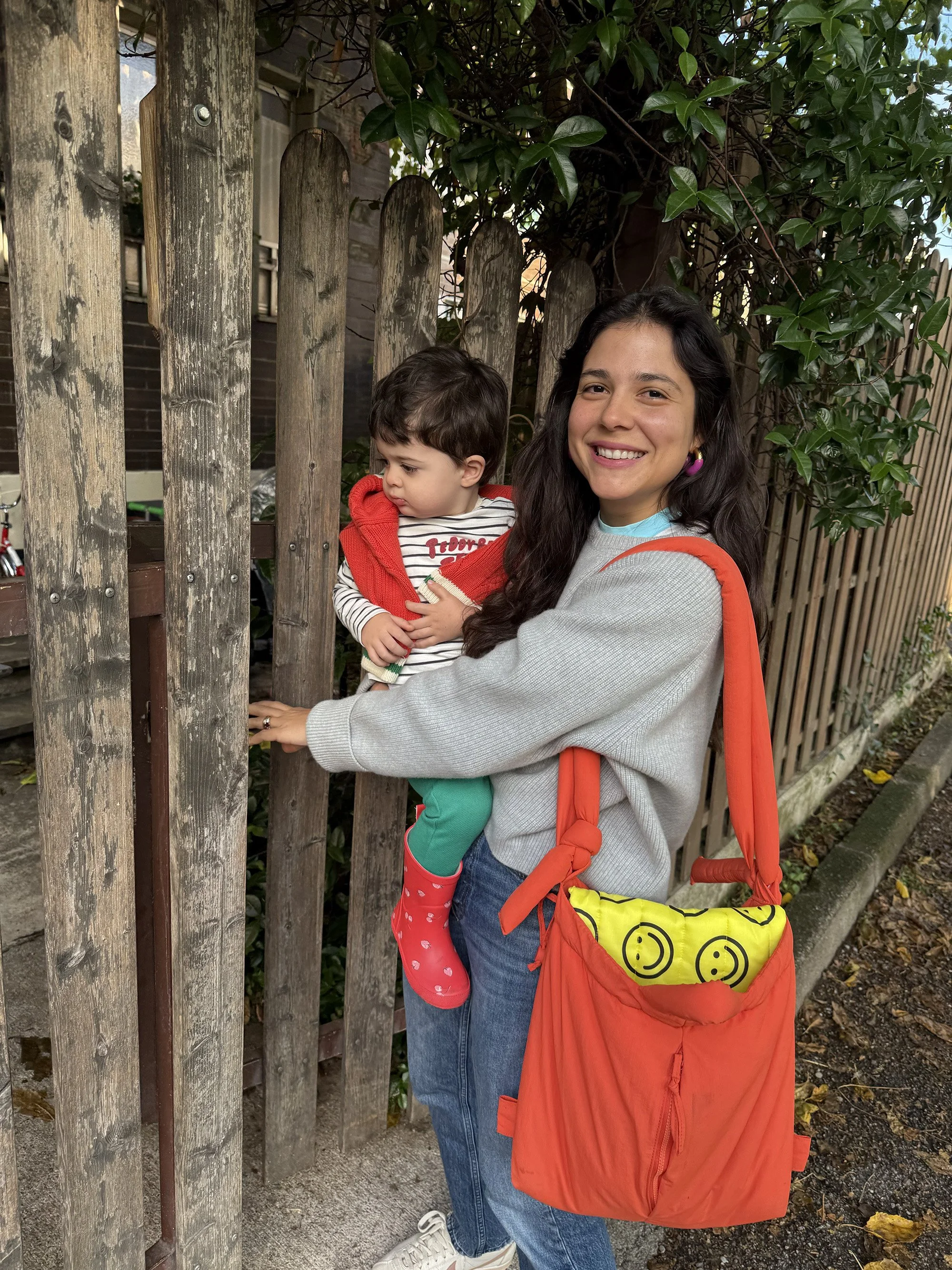Inserimento: When the School Gate Feels a Little Too Big
A mom, marketer, and believer that every great school story starts at the school gate.
This September, I found myself standing outside a wooden school gate… holding my son in my arms a little too tightly. The morning air was cool, the courtyard buzzing with laughter, and yet, my stomach was in knots.
I wasn’t there as a consultant, or as someone helping schools shape marketing strategies. I was there as a mom… one of the many caregivers across Italy beginning l’inserimento, that gentle, drawn-out process where little ones are slowly eased into school life.
If you’re not familiar with it, inserimento literally means “insertion”, but it sounds much more mechanical than what it is. Inserimento is a thoughtful (and sometimes emotional) transition period common in Italy and parts of Europe, where children, especially in asilo nido (nursery) and scuola dell’infanzia (preschool), start gradually. A few hours with parents nearby, a short day, then a little longer, until both child and caregiver are ready for full days apart. The whole process can last around one week depending on the child and family.
As a parent, you think you’re prepared. You’ve read the emails, labeled the tiny water bottles, and practiced cheerful goodbyes. But nothing really prepares you for watching your child take those first uncertain steps into a classroom full of new faces… and realizing you’re the one who has to let go first.
The Parent Perspective
Working in international education, I’ve spend a lot of time helping schools articulate their value, their ethos and their differentiation. But standing outside those gates, I wasn’t thinking about curriculum, brand promise, or pedagogy. I was thinking: Will my child feel safe? Will someone notice if they’re scared? Will he feel seen and understood?
Across Europe, “transition” looks different in every setting, but the emotions are universal. Many schools, especially international ones, cater to families who are new to the country, juggling multiple languages, and often doing this without the support of extended family nearby. That adds layers to an already tender process.
Like many families, both my husband and I manage careers alongside family life. That means that inserimento is both a sentimental milestone and a logistical puzzle. The slow-start system is beautiful in theory, but for working parents, it can also mean weeks of rearranged schedules, guilt, and late-night calendar tetris.
And yet, it’s also a gift. The gradual rhythm forces us to slow down, to truly see our children in transition. I often find myself wondering: How do other parents feel about this method? Do you prefer the Italian way: slow, gentle, deeply relational, or the “rip the band-aid off” model, where you say goodbye and trust the teachers to take it from there. There’s no right answer. To me, inserimento really shows a European way of thinking: that children need time to feel they truly belong, and that building attachment is a gradual, gentle process.
Schools as Partners
The truth is, parents aren’t looking for perfection. We’re looking for partnership.
Across Italy and much of Europe, educational philosophies, from Reggio Emilia to Steiner to Montessori, emphasize the child as a capable, curious individual. But what if schools also viewed parents as partners in learning, not just participants in logistics? Because on that first morning, every parent is learning too: how to trust, how to step back, how to navigate the shift from constant caregiver to gentle witness.
In our work with international schools, we often describe reassurance as a “strategic differentiator.” It’s what turns a school from an institution into a community. Parents remember how you made them feel… especially in those first fragile weeks.
So whether you call it inserimento, “settling in,” or “transition,” this period is far more than a start-of-year routine. It’s your brand in action.
And for us parents, it’s the reminder that even as we juggle meetings, school runs, and bedtime stories, we’re all just trying to help our children, and ourselves, belong.

